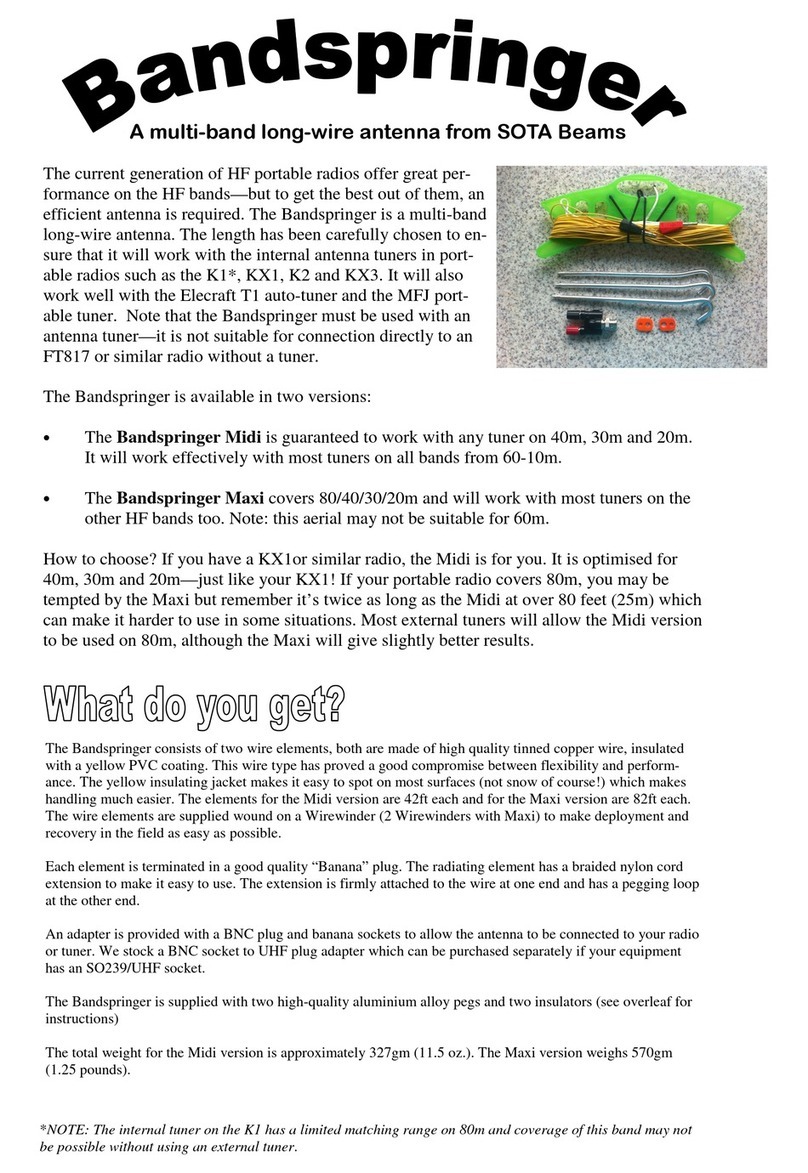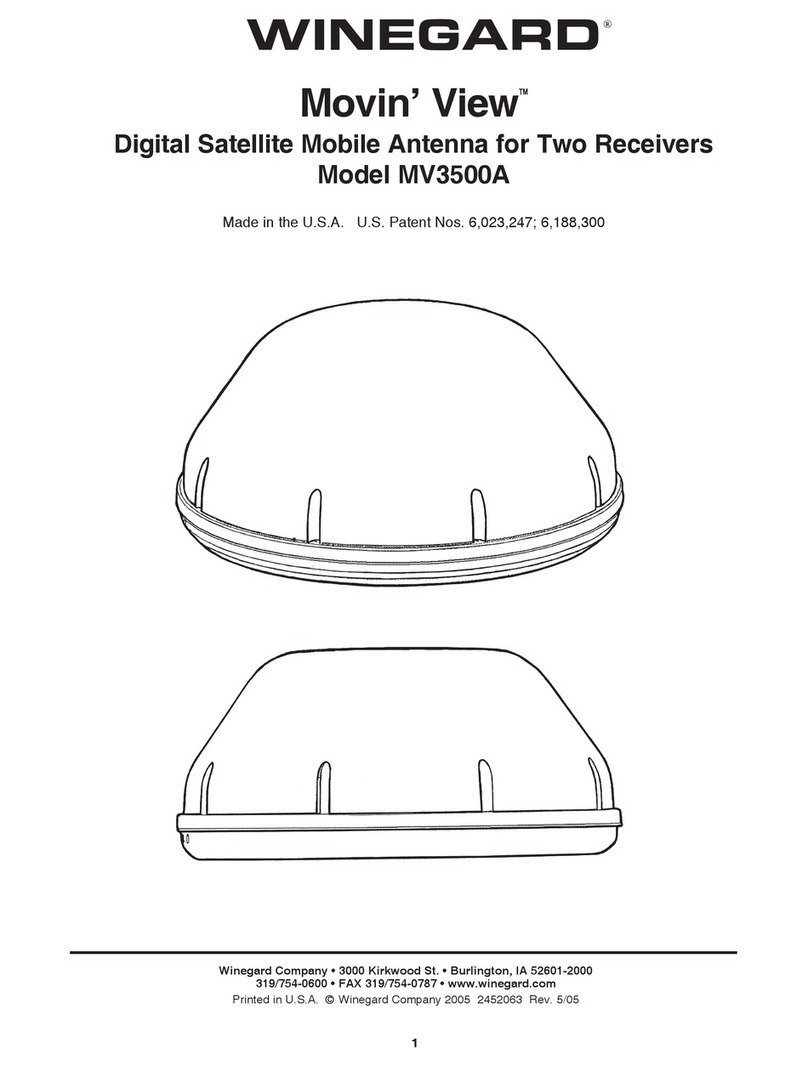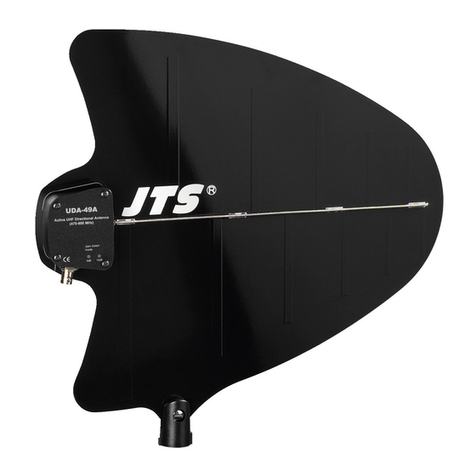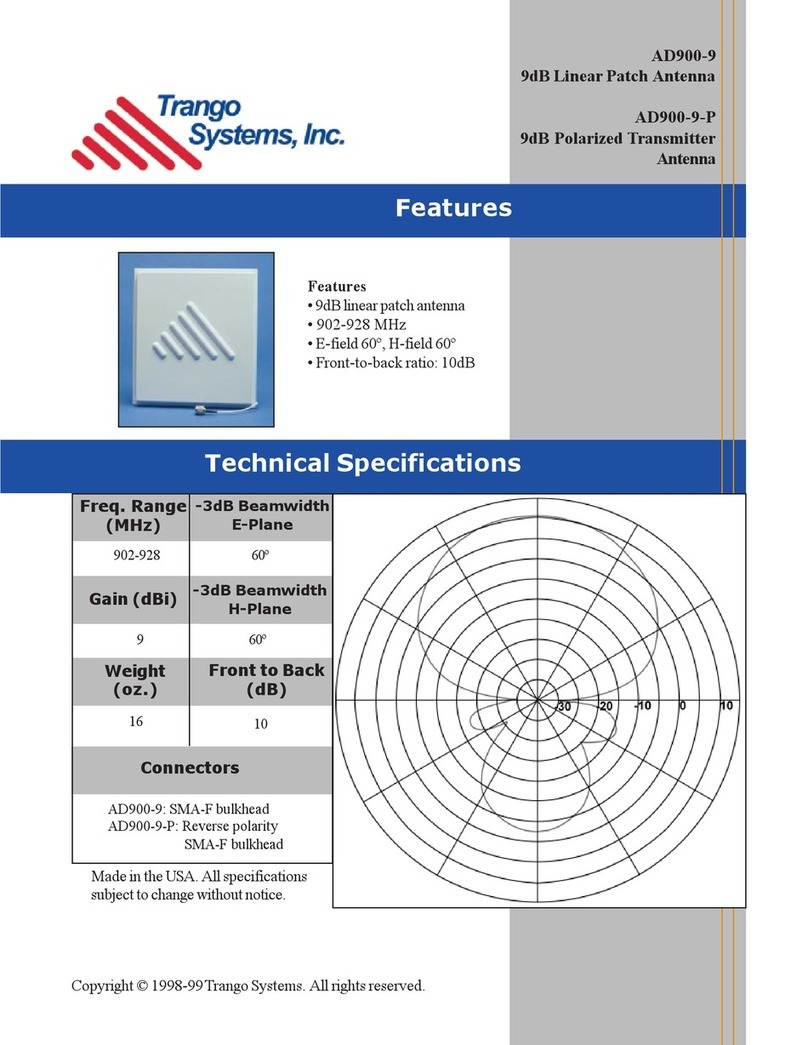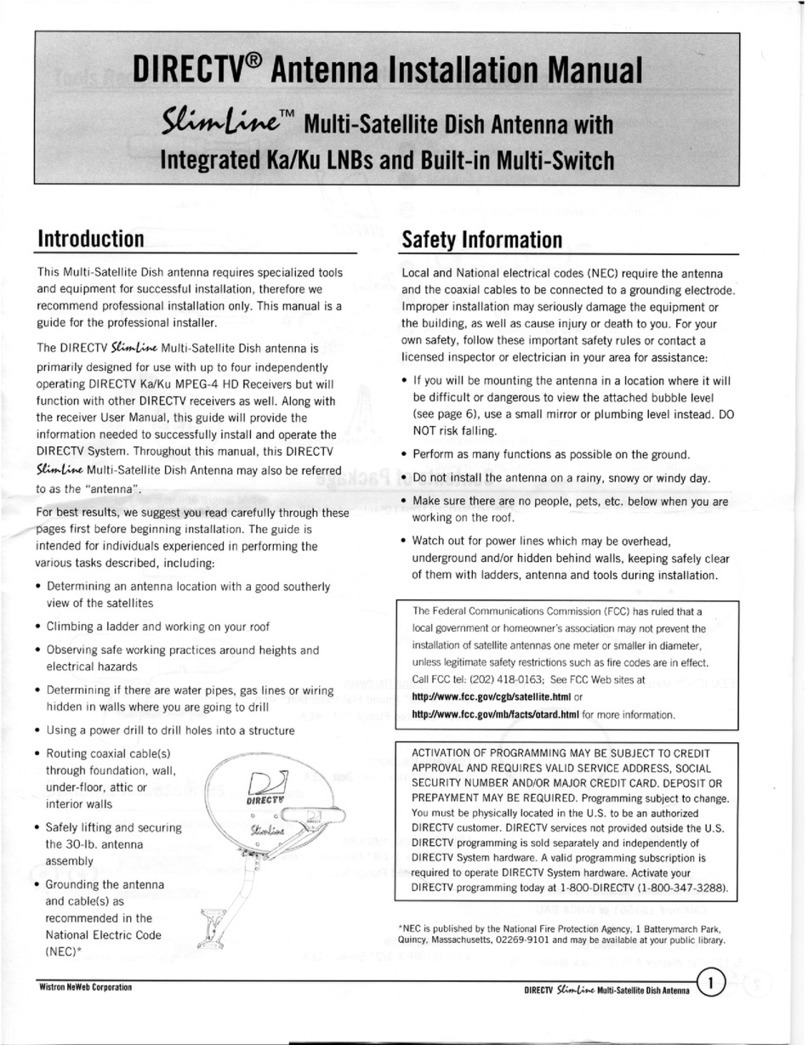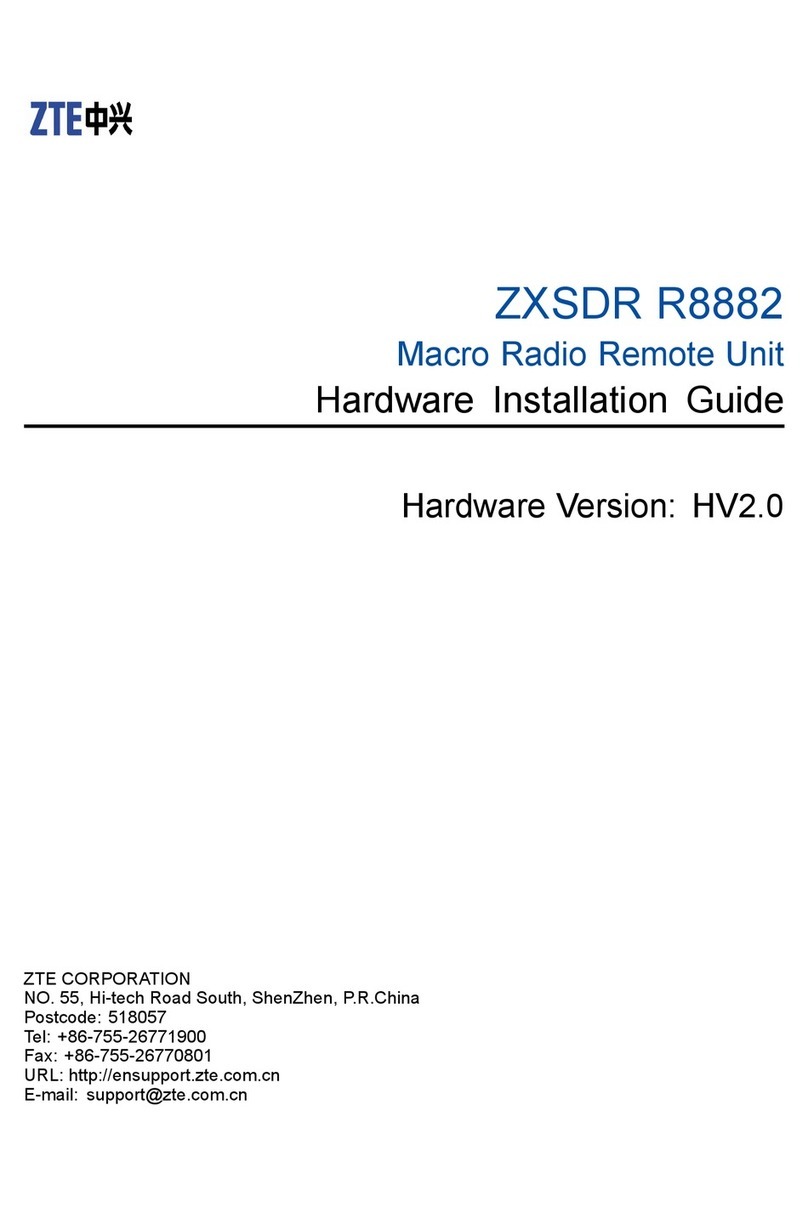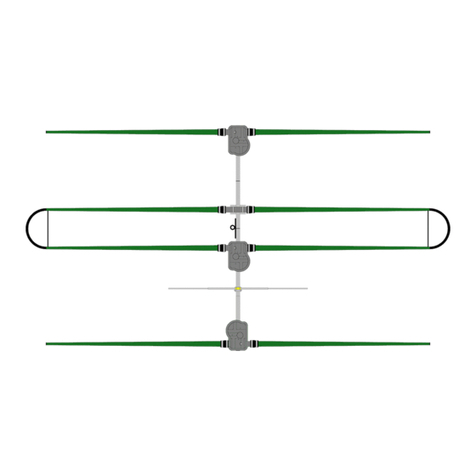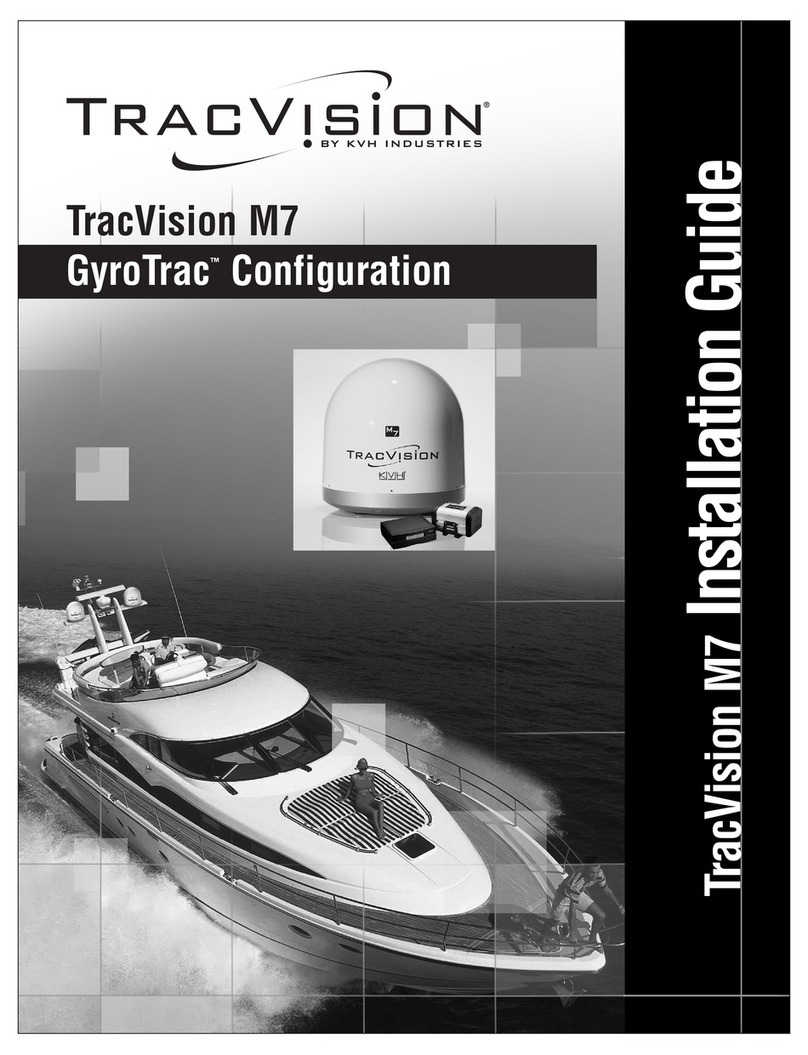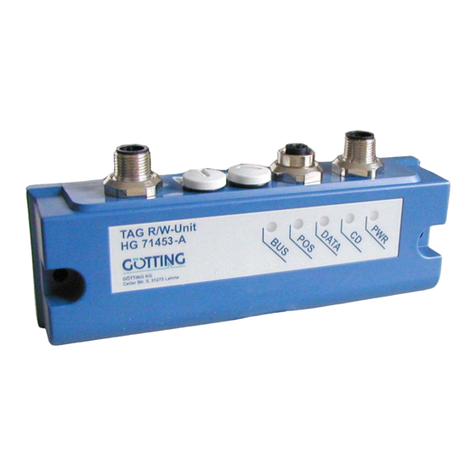SOTABEAMS BANDSPRINGER MIDI User manual

BANDSPRINGER MIDI 10m-60m
A multi-band long-wire antenna from SOTABEAMS
The current generation of HF portable radios offer great
performance on the HF bands—but to get the best out of them, an
efficient antenna is required. The Bandspringer is a multi-band
long-wire antenna. The length has been carefully chosen to ensure
that it will work with the internal antenna tuners in portable radios
such as the K1*, KX1, K2 and KX3. It will also work well with the
Elecraft T1 auto-tuner and the MFJ portable tuner.
*Note that the Bandspringer must be used with an antenna tuner—it is
not suitable for connection directly to an FT817 or similar radio
without a tuner.
What do you get?
The Bandspringer consists of two wire elements, both are made of high quality tinned copper wire,
insulated with a yellow PVC coating. This wire type has proved a good compromise between flexibility and
performance. The yellow insulating jacket makes it easy to spot on most surfaces (not snow of course!)
which makes handling much easier. The elements are 42ft each. The wire elements are supplied wound
on a Wire Winder to make deployment and recovery in the field as easy as possible.
Each element is terminated in a good quality “Banana” plug. The radiating element has a braided nylon
cord extension to make it easy to use. The extension is firmly attached to the wire at one end and has a
pegging loop at the other end.
An adapter is provided with a BNC plug and banana sockets to allow the antenna to be connected to your
radio or tuner. We stock a BNC socket to UHF plug adapter which can be purchased separately if your
equipment has an SO239/UHF socket.
The Bandspringer is supplied with two high-quality aluminium alloy pegs and two insulators (see overleaf
for instructions)
The total weight is approximately 327gm (11.5 oz.).
*NOTE: The internal tuner on the K1 has a limited matching range on 80m and coverage of this band may not be
possible without using an external tuner.

INSTRUCTIONS
The Bandspringer consists of two wire elements. The wires are identical in length but the radiating
element has a red banana plug and a nylon cord extension. The elements are supplied on a Wire Winder
and, before undoing the wires, take a moment to note how the toggle is fastened and how the wires have
been wound on the Wire Winder (note the “figure-of-eight” method). We strongly recommend this method
as the wire can be pulled off the Wire Winders very quickly—without snagging.
Unwinding the radiating element (the one with the cord attached) is best done by
starting roughly where you want the far end of the antenna to be and walking
back to the operating position, paying out the wire as you go. The first time that
you use your Bandspringer there are some tasks to perform. Firstly at the
operating end of the wire (the one with the red plug on), you need to make a
strain relief system so that wind, horses, children that might pull the wire, won’t
pull your radio away. About 30cm along the wire from the plug, tie a knot (we
recommend a loop formed with a figure-of-eight knot as shown above). Pass a
cable-tie (provided) through the loop and fasten very loosely. The cable tie can
then be used as a pegging point close to the radio, leaving the banana plug free to plug into the adapter
(red plug goes into red socket).
Next you need to get your aerial in the air. Make an attachment point about 7
metres from the banana plug end of the wire using the insulator (supplied). This
gives you a firm attachment point which will slide onto a SOTAPOLE or that you
can tie a cord to. You can use a handy tree-branch or, better still, a SOTAPOLE to
support this part of the aerial. Aim to get the attachment point of the aerial at
least 4 metres up in the air.
The corded end of the aerial can either slope down to the ground in which case use a peg through the
pegging loop at the end, or alternatively, you can attach the far end to another elevated support. We
supply a spare cable tie for this.
The other wire is a radial. This can simply be laid on the ground. Ideally one would lay it under the
radiating element but in reality it makes little difference where it is laid. Do use it however, as the system
will not work as well without it. Plug the black banana plug on the end of the radial, into the black socket
on the adapter. Connect the adapter to your radio.
Before using the antenna, adjust your antenna tuner to give a low VSWR and enjoy! When you pack your
antenna up, leave the strain relief and support cable-ties in place, ready for your next adventure.
Safety: Never pass your antenna wires over or under overhead electrical cables. Never use an
antenna in thundery conditions. Do not erect your antenna where it could trip or otherwise injure
others (or yourself).
SOTABEAMS
Unit 1, The Green
Fountain Street
Macclesfield, SK10 1JN
+441625 501643
www.sotabeams.co.uk
© SOTABEAMS 2019
Table of contents
Other SOTABEAMS Antenna manuals
